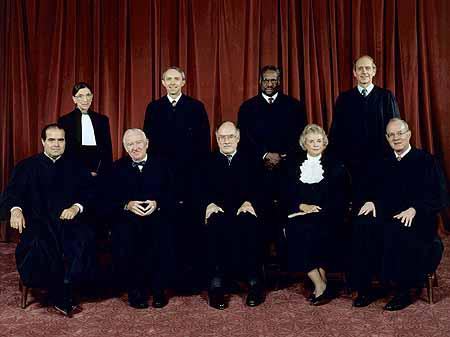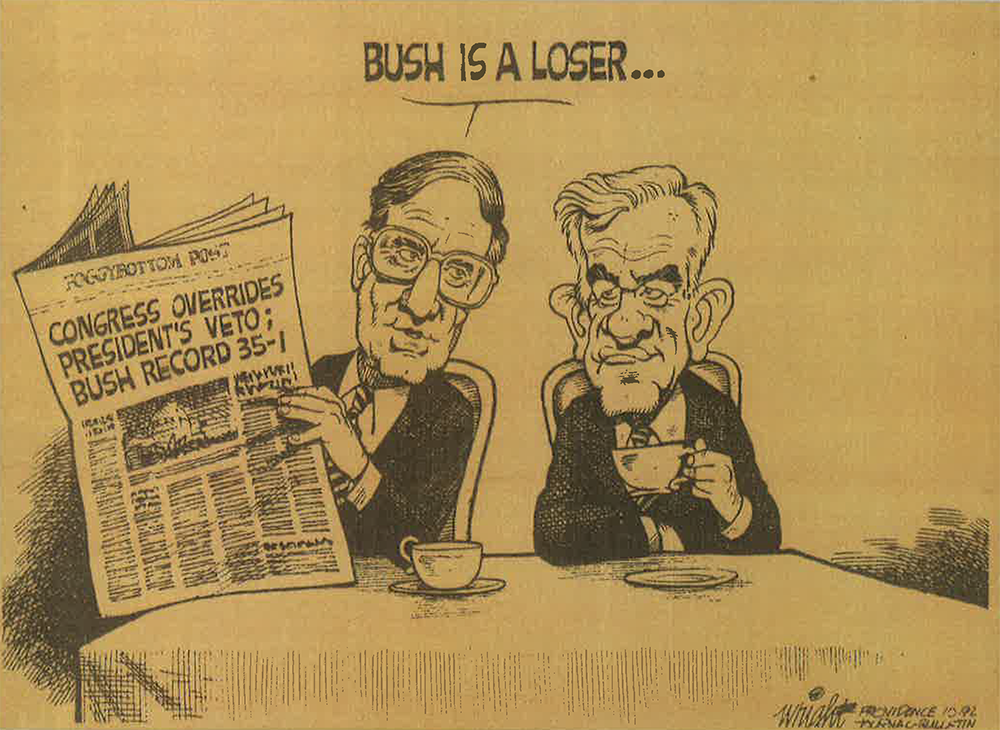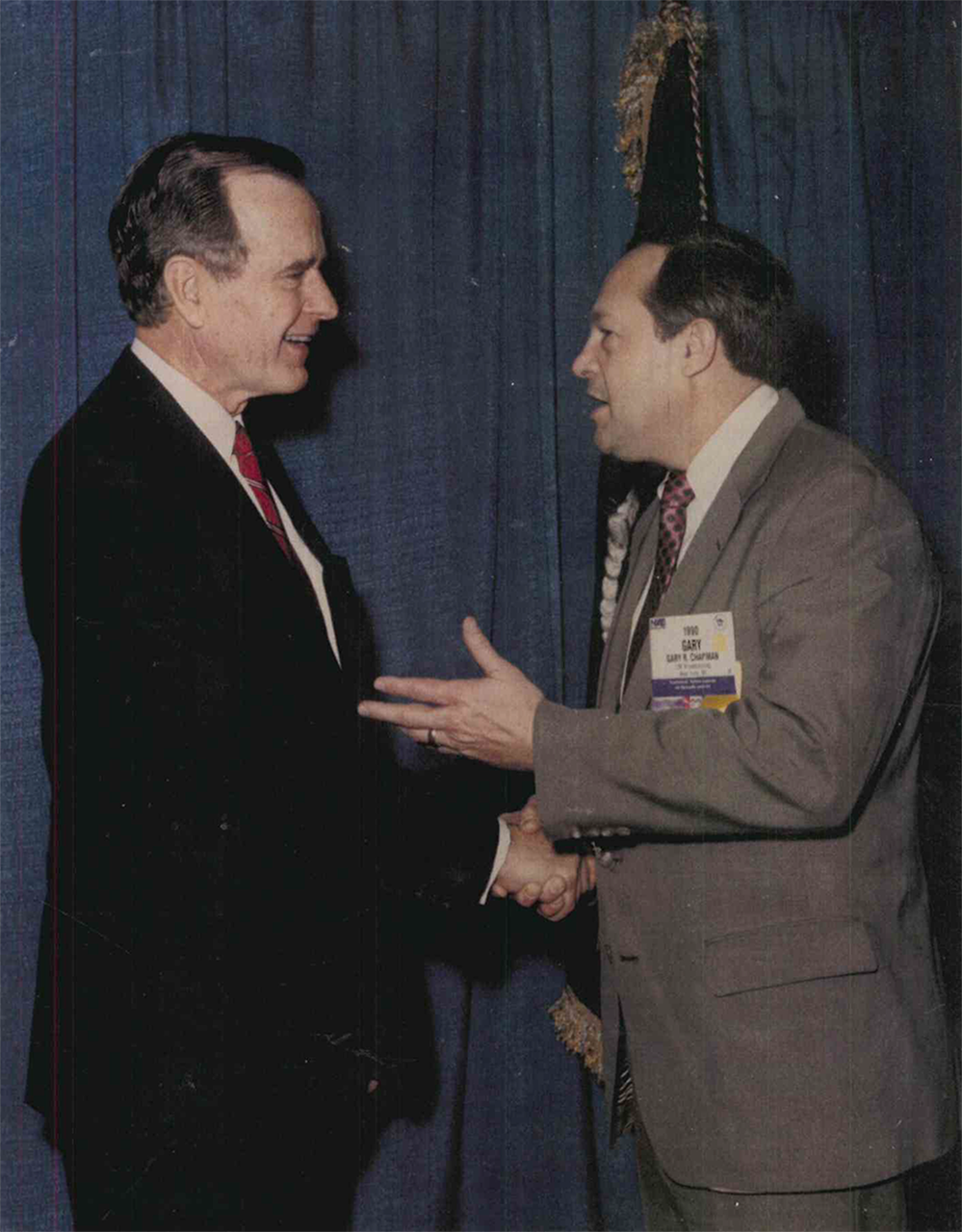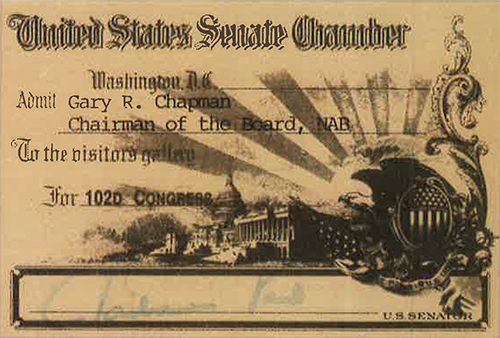Must Carry and Retransmission Consent: The Cable Act of 1992
October 5, 2017 marks the 25th anniversary of a monumental event in the history of broadcasting. By a vote of 74-25, the United States Senate voted to overturn the veto of President George H.W. Bush on S.12, The Cable Act of 1992. Two critical components of that bill, Must Carry and Retransmission Consent, redefined the television and broadcast industries.
While the Cable Act survived a presidential veto, it also had to survive two Supreme Court Cases, known as Turner vs. FCC I and II. Yet survive it did, with the 1997 Rehnquist Court upholding the Act by a 5-4 vote.
In honor of this historic occasion, the Library of American Broadcasting Foundation presents several documents from Director Gary R. Chapman, President of Gary R. Chapman Consulting, LLC, and former chairman, president and CEO of LIN Television. Gary was “on the ground” during the fight for Must Carry and Retransmission, and watched the reversal of the veto from the Senate Chamber in 1992. These documents provide much-needed historical context about the fight for broadcaster rights and its impact on the industry.
Gary R. Chapman's Must Carry/Retransmission Documents
A Brief History of Retransmission Consent

Gary Chapman
Must Carry requires cable operators to carry local broadcast channels free of charge when operating within that broadcaster’s market. Retransmission Consent prevents cable systems from retransmitting broadcast signals without the broadcaster’s consent, and allows for broadcasters to collect fees for retransmission of content in lieu of Must Carry if it so chooses.

The 1998 Supreme Court
The Rehnquist Court upheld challenges to Must Carry twice: in 1994, and 1997.


President George H. W. Bush and Gary Chapman

Senator John C. Danforth
R-Missouri, introduced S.12 (later known as the 1992 Cable Act) to the U.S. Senate on January 14, 1991.


